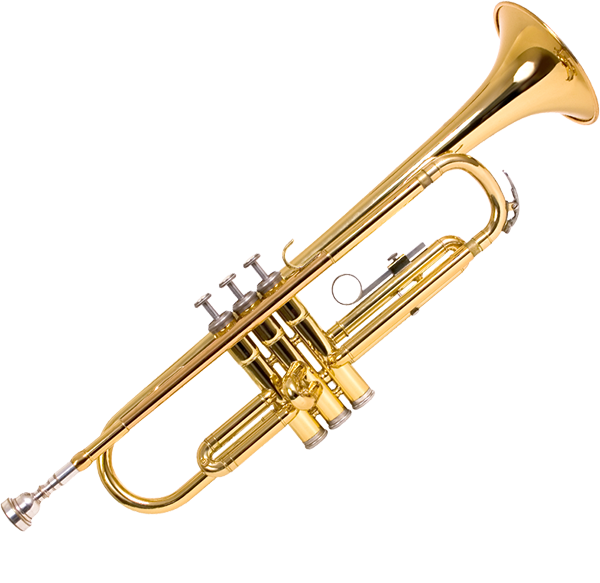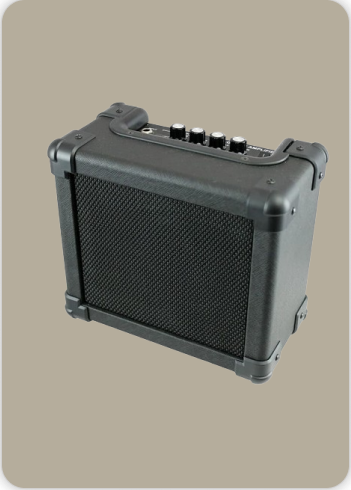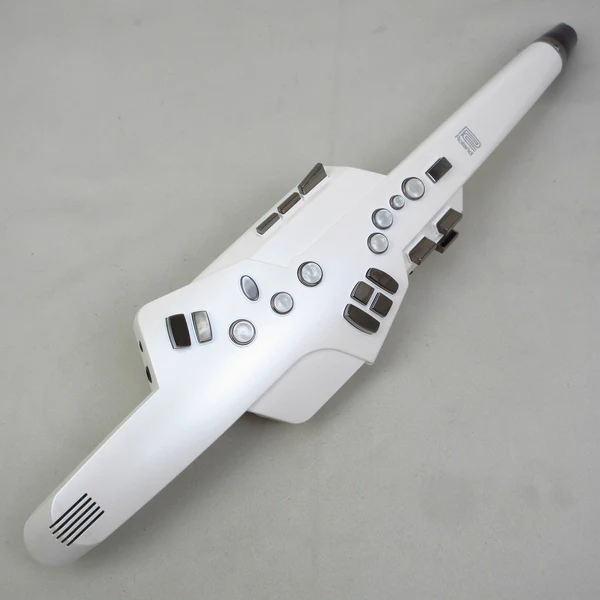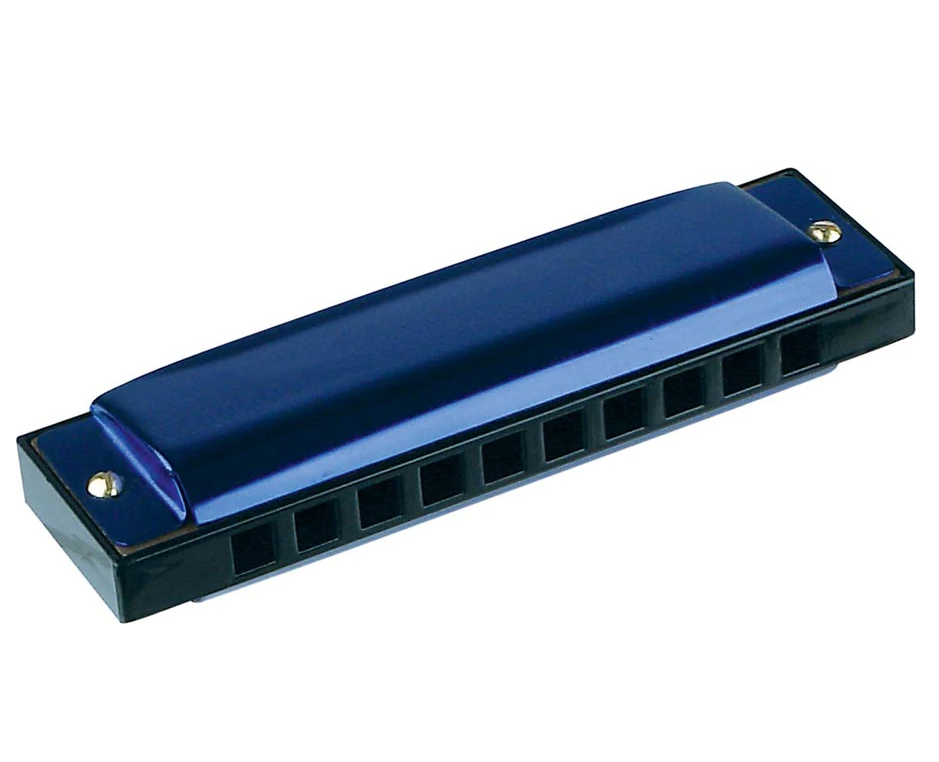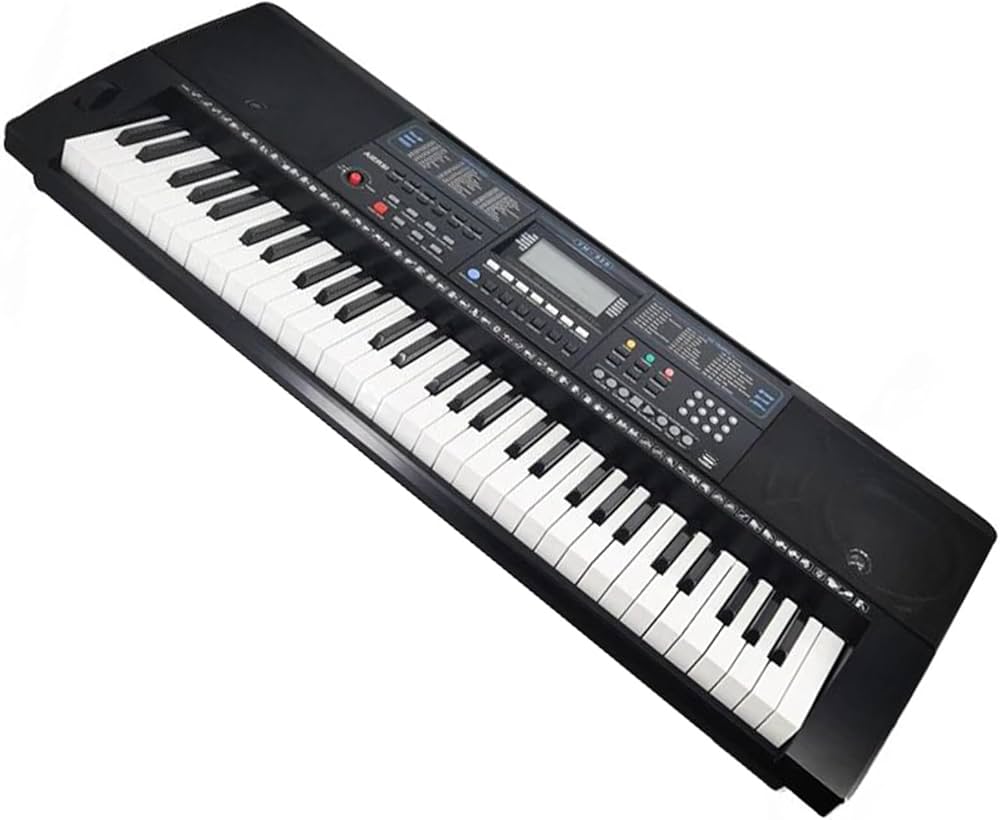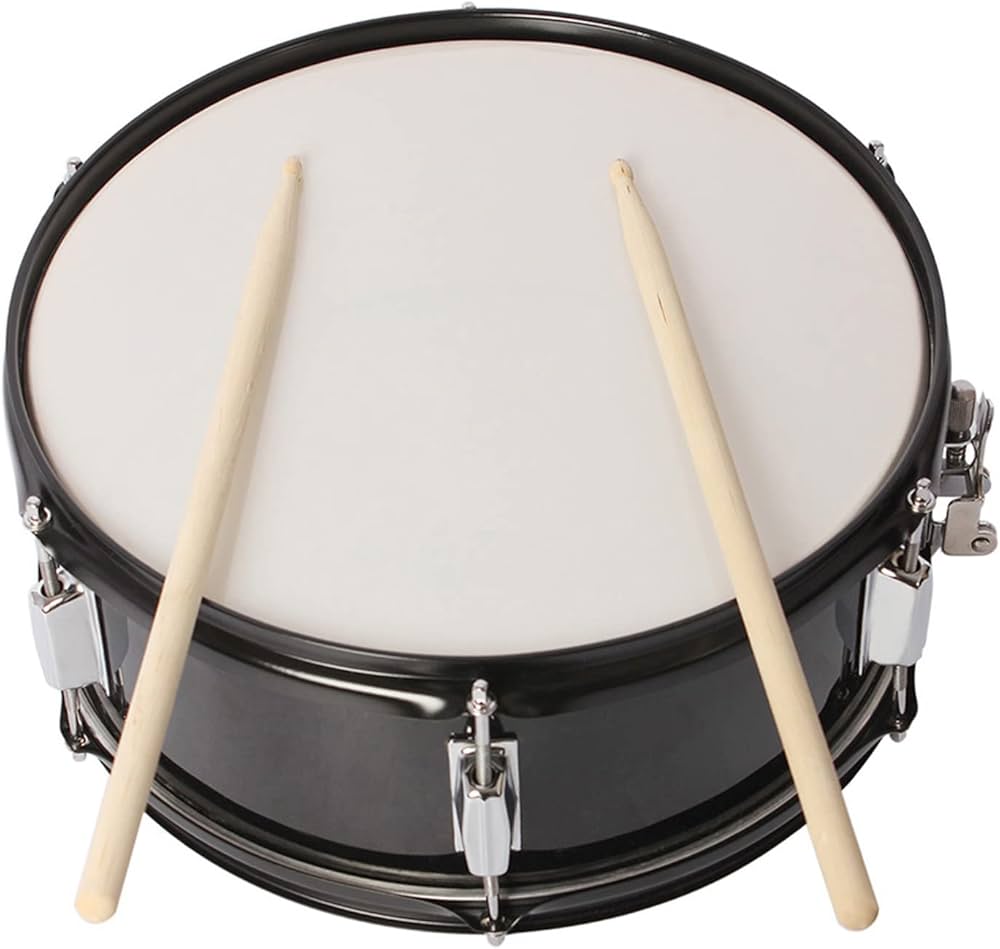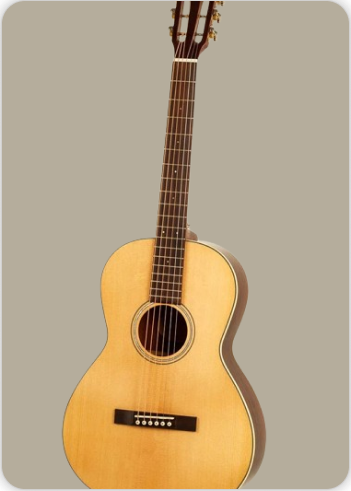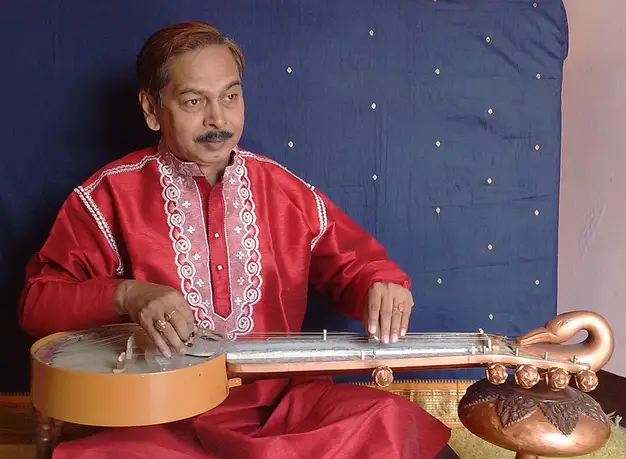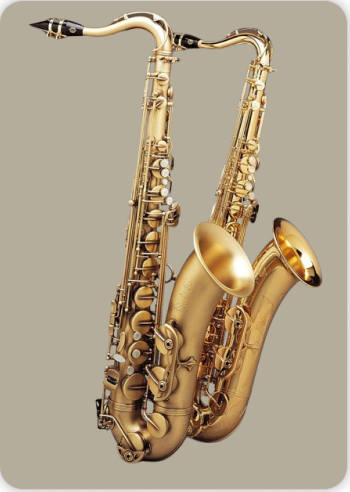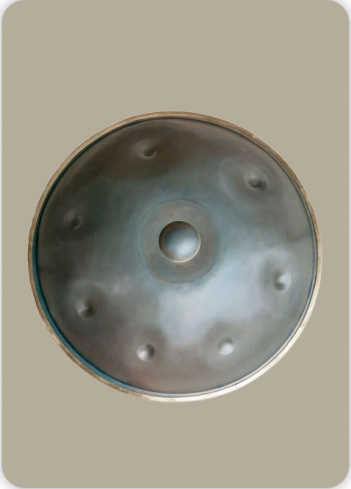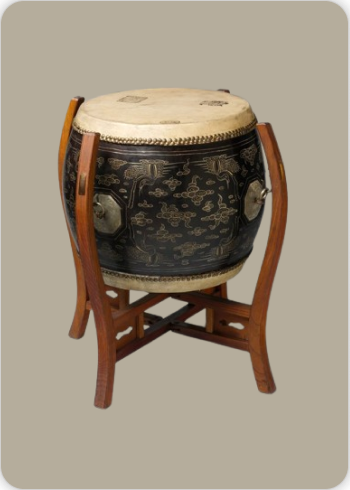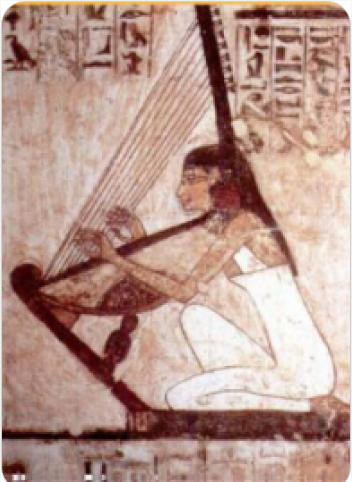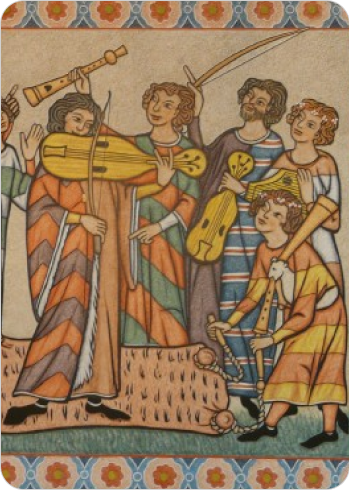Triveni Veena
Plucked Instruments
Asia
Between 1901 and present
Video
The Triveni Veena is a modern plucked string instrument that stands out as a significant innovation in the world of Indian classical music. Its creation represents a harmonious blend of tradition and modernity, combining the tonal qualities of three distinct instruments: the Sarod, the Veena, and the Guitar. The name “Triveni” itself is derived from the Sanskrit word for “three rivers,” symbolizing the confluence of three different musical streams—each contributing to the instrument’s unique voice. The Triveni Veena is the brainchild of Pandit Niranjan Haldar, a distinguished musician and inventor, who, along with Pandit Kamal Kamle, sought to bridge the gap between various classical string instruments by creating a new instrument that could encapsulate the best features of each.
Type of Instrument: The Triveni Veena belongs to the family of chordophones, specifically categorized as a plucked string instrument. Within the context of Indian classical music, it is closely related to other veenas, such as the Rudra Veena, Saraswati Veena, and Vichitra Veena, as well as the Sarod and Guitar. Its design and playing technique align it with the slide guitar family, given the use of a steel slide to articulate notes and produce gliding effects. The instrument’s string configuration, which includes melody, drone, and sympathetic strings, places it firmly within the tradition of Indian classical string instruments, where such arrangements are common for enhancing resonance and sustaining notes.
History and Origin
The Triveni Veena is a relatively recent addition to the world of musical instruments, having been invented and patented in India by Pandit Niranjan Haldar and Pandit Kamal Kamle. Its origins can be traced to the Indian subcontinent, a region renowned for its rich tradition of string instruments and classical music. Unlike ancient veenas, which have been documented in Indian texts since at least 1000 BCE, the Triveni Veena emerged in the late 20th or early 21st century, reflecting the ongoing evolution of musical instrument design in response to changing artistic needs and technological advancements. Pandit Niranjan Haldar, with his extensive background in both Indian and Western classical music, was inspired to create the Triveni Veena after inventing the Ranjan Veena and experimenting with various other instruments. The motivation behind the invention was to develop an instrument that could seamlessly blend the tonal qualities of the Sarod, Veena, and Guitar, thereby offering musicians a broader range of expressive possibilities. The Triveni Veena’s development took place within the context of India’s vibrant classical music scene, where innovation is often driven by the desire to expand the expressive capabilities of traditional instruments.
The instrument’s name, “Triveni,” is a nod to the confluence of three rivers, symbolizing the merging of different musical traditions and materials. The Triveni Veena’s invention marks a significant moment in the history of Indian musical instruments, as it represents a conscious effort to bridge the gap between tradition and modernity. Its introduction has been met with interest and acclaim from musicians and audiences alike, who appreciate its unique sound and versatility. The Triveni Veena’s history is thus firmly rooted in the Indian subcontinent, and its creation in the late 20th or early 21st century reflects the ongoing vitality and adaptability of Indian classical music in the face of changing artistic landscapes.
Construction and Physical Structure
The construction of the Triveni Veena is a testament to the ingenuity and craftsmanship of its creators. The instrument’s design incorporates three primary materials: metal, wood, and leather, each chosen for its specific acoustic and structural properties. The body of the Triveni Veena is typically made from high-quality wood, which serves as the primary resonating chamber and provides the instrument with its characteristic warmth and depth of tone. Metal components are used for the strings, tuning pegs, and other hardware, contributing to the instrument’s durability and brightness of sound. Leather is employed in certain parts of the instrument, such as the bridge or other contact points, to enhance the tonal quality and sustain of the strings. The Triveni Veena features a medium-sized body, making it more portable and manageable than some of its larger counterparts, such as the Rudra Veena or Saraswati Veena. The instrument is equipped with four melody strings, which are used to play the main notes and melodies. These are complemented by a set of chikari strings—two on the right and four on the left—which serve as drone strings to maintain the scale and rhythm during performance. In addition, the Triveni Veena includes eleven sympathetic strings, which are tuned to specific notes and vibrate in response to the played notes, adding a rich layer of resonance and complexity to the sound. The instrument is played using a steel slide, which allows the musician to produce smooth glides, bends, and intricate ornamentations that are characteristic of Indian classical music.
The slide technique also enables the performer to execute fast taans and complex melodic patterns with precision and fluidity. The overall design of the Triveni Veena is both functional and aesthetically pleasing, with attention to detail in the shaping of the body, placement of the strings, and finishing of the wood and metal components. The instrument’s ergonomic design ensures that it can be comfortably held and played for extended periods, making it suitable for both practice and performance. The combination of materials and construction techniques results in an instrument that is not only visually striking but also capable of producing a wide range of tonal colors and dynamic expressions. The Triveni Veena’s physical structure reflects a careful balance between tradition and innovation, incorporating elements from classical Indian instruments while introducing new features that enhance its playability and sound quality.
Types of Triveni Veena
While the Triveni Veena itself is a unique instrument, its design and concept have inspired variations and adaptations that cater to different musical preferences and performance contexts. The primary type of Triveni Veena is the standard model developed by Pandit Niranjan Haldar, which combines the features of the Sarod, Veena, and Guitar. This model is characterized by its medium size, four melody strings, multiple chikari and sympathetic strings, and the use of a steel slide for playing. Variations of the Triveni Veena may differ in terms of the materials used, the number and arrangement of strings, and the specific tuning employed by the musician. Some musicians may customize their Triveni Veena to suit their individual playing style or to achieve a particular tonal quality. For example, the choice of wood for the body or the type of metal used for the strings can have a significant impact on the instrument’s sound. In addition to the standard Triveni Veena, there may be experimental or hybrid models that incorporate elements from other string instruments, such as the addition of frets or the use of alternative tuning systems. These variations reflect the instrument’s adaptability and the creative spirit of its inventors and performers.
The Triveni Veena’s design also allows for potential modifications and enhancements, such as the integration of electronic pickups for amplification in contemporary or fusion music settings. While the core features of the Triveni Veena remain consistent—namely, its combination of metal, wood, and leather, and its ability to produce the tonal qualities of three different instruments—the instrument’s versatility and openness to customization have led to the emergence of different types and models. This diversity ensures that the Triveni Veena can meet the needs of a wide range of musicians, from traditional classical performers to modern experimentalists. The instrument’s capacity for adaptation and innovation is a key factor in its growing popularity and continued evolution within the world of Indian classical music.
Characteristics of the Triveni Veena
The Triveni Veena possesses a number of distinctive characteristics that set it apart from other string instruments in the Indian classical tradition. One of its most notable features is its ability to produce a mixed tone that combines the qualities of the Sarod, Veena, and Guitar, resulting in a sound that is both familiar and novel to listeners. The instrument’s medium size and ergonomic design make it accessible to a wide range of musicians, while its robust construction ensures durability and reliability in various performance settings. The use of a steel slide allows for smooth, expressive glides and intricate ornamentations, enabling the performer to execute traditional Indian techniques such as meed, gamak, krintan, and gitkari with ease. The Triveni Veena’s string configuration, which includes melody, chikari, and sympathetic strings, provides a rich and layered sound that is well-suited to the complex melodic and rhythmic structures of Indian classical music. The instrument’s loud and sustained sound makes it ideal for both solo and ensemble performances, and its sweet tone has been praised by musicians and audiences alike. The Triveni Veena’s versatility extends beyond Indian classical music, as its design and playability make it suitable for fusion and contemporary genres as well. The instrument’s adaptability is further enhanced by the possibility of customization, allowing musicians to tailor the Triveni Veena to their specific needs and preferences. The combination of traditional craftsmanship and modern innovation embodied in the Triveni Veena reflects the dynamic and evolving nature of Indian musical culture. Its unique sound, playability, and aesthetic appeal have contributed to its growing popularity among musicians seeking new ways to express themselves within the rich tradition of Indian classical music. The Triveni Veena stands as a symbol of creative synthesis, bridging the gap between past and present, and offering a new voice to the ever-expanding world of string instruments.
Playing Techniques and Sound Modifications
The Triveni Veena is a plucked string instrument that stands out due to its unique construction and the innovative playing techniques it enables. Its design incorporates three materials—metal, wood, and leather—symbolizing the confluence of three rivers, which is also reflected in its name. This combination allows the instrument to produce a mixed tonal quality reminiscent of the Sarod, Veena, and Guitar. The instrument features four melody strings, a set of chikari (drone) strings, and eleven sympathetic strings, which contribute to its rich, resonant sound and long sustain. The Triveni Veena is played using a steel slide, similar to the Hawaiian guitar, which enables the musician to execute intricate slides and glides across the strings. This technique, known as Meed, is fundamental to Indian classical music and allows for expressive ornamentation. In addition to Meed, the instrument supports the execution of other classical techniques such as Gamak (oscillation), Krintan (pluck and release), and Gitkari (fast, rhythmic plucking). The right hand is responsible for plucking the strings, while the left hand manipulates the slide to produce microtonal variations and intricate melodic phrases.
Sound modifications on the Triveni Veena are achieved through a combination of finger pressure, slide movement, and the selective use of sympathetic strings. By adjusting the angle and pressure of the slide, musicians can create subtle variations in pitch and timbre. The use of chikari strings adds rhythmic and harmonic texture, while the sympathetic strings resonate in response to the played notes, enriching the overall sound. The instrument’s medium size and unique construction enable it to produce a loud, sustained, and sweet tone, making it suitable for both solo and ensemble performances.
Famous Compositions
The Triveni Veena, being a relatively modern invention, does not have a vast repertoire of traditional compositions specifically written for it. However, its versatility allows musicians to adapt and perform a wide range of Indian classical compositions, particularly from the Hindustani and Carnatic traditions. Notable ragas such as Bilaskhani Todi, Yaman, and Bhimpalasi have been performed on the Triveni Veena, showcasing its ability to capture the nuances of these complex melodic frameworks. Musicians often perform alap (improvised introduction), jod (rhythmic elaboration), and jhala (fast-paced conclusion) sections of ragas, utilizing the instrument’s expressive capabilities. The Triveni Veena’s design also makes it suitable for playing fast taans (rapid melodic runs), which are a hallmark of virtuoso performances in Indian classical music. In addition to traditional ragas, contemporary compositions and fusion pieces have been explored on the Triveni Veena, further expanding its musical horizons.
Most Influential Players
The Triveni Veena was invented and patented by Pandit Niranjan Haldar, in collaboration with Pandit Kamal Kamle. Pandit Niranjan Haldar is widely recognized as the most influential player and proponent of the instrument. With over four decades of experience in both Indian and Western classical music, he has played a pivotal role in popularizing the Triveni Veena through performances at prestigious venues, including All India Radio, Doordarshan, and the Sangeet Natak Akademi. Pandit Haldar’s deep understanding of the technical and expressive possibilities of the Triveni Veena has inspired a new generation of musicians to explore its potential. His performances are noted for their clarity of tone, precision in execution, and innovative use of traditional techniques. As the primary ambassador of the Triveni Veena, Pandit Haldar has also contributed to its development by mentoring students and collaborating with other musicians to create new works for the instrument.
Historical Performances or Concerts
Since its invention, the Triveni Veena has been featured in numerous concerts and music festivals, particularly in India. Pandit Niranjan Haldar has presented the instrument at various events organized by Akashvani (All India Radio), Doordarshan (national television), and the Sangeet Natak Akademi (India’s national academy for music, dance, and drama). These performances have played a crucial role in introducing the Triveni Veena to wider audiences and establishing its credibility within the classical music community. One of the most notable performances includes Pandit Haldar’s rendition of Raag Bilaskhani Todi, where he demonstrated the instrument’s ability to convey the intricate emotional depth and technical demands of the raga. His concerts often feature a blend of traditional and contemporary compositions, highlighting the versatility of the Triveni Veena. Over the years, the instrument has also been showcased in collaborative performances with other classical musicians, further cementing its place in the modern Indian classical music landscape.
Maintenance and Care
Proper maintenance and care are essential to preserve the unique sound and longevity of the Triveni Veena. The instrument’s construction from metal, wood, and leather requires attention to environmental conditions such as humidity and temperature, as these can affect the materials differently. Regular cleaning of the strings and body is necessary to prevent the buildup of dust and oils, which can dampen the sound and cause wear over time. The steel slide used for playing should be kept smooth and free from rust to ensure effortless movement across the strings. The tuning pegs and sympathetic strings require periodic adjustment to maintain accurate pitch and resonance. Leather components, if present, should be conditioned to prevent drying and cracking. Musicians are advised to store the instrument in a hard case when not in use, protecting it from physical damage and environmental fluctuations. Routine inspection by a skilled luthier is recommended to address any structural issues and to replace worn-out strings or fittings. By adhering to these maintenance practices, musicians can ensure that the Triveni Veena retains its distinctive tonal qualities and remains in optimal playing condition for years.
Interesting Facts and Cultural Significance
The Triveni Veena is a testament to the ongoing evolution of Indian classical instruments, blending traditional craftsmanship with modern innovation. Its name, meaning “confluence of three rivers,” not only reflects its construction from three materials but also symbolizes the fusion of musical influences from the Sarod, Veena, and Guitar. This synthesis allows the instrument to bridge the gap between different musical traditions, making it a unique addition to the world of string instruments. One of the most interesting aspects of the Triveni Veena is its ability to produce a mixed tone that combines the depth of the Veena, the sharpness of the Sarod, and the fluidity of the Guitar. This makes it particularly well-suited for experimental and fusion music, as well as for traditional classical performances. The instrument’s design enables musicians to execute a wide range of techniques, from slow, meditative slides to rapid, rhythmic passages, offering unparalleled expressive possibilities.
Culturally, the Triveni Veena represents the spirit of innovation within Indian classical music. Its invention by Pandit Niranjan Haldar and Pandit Kamal Kamle highlights the importance of individual creativity and experimentation in the preservation and advancement of musical heritage. The instrument has been embraced by musicians seeking to expand their expressive palette and by audiences eager for new sonic experiences.
The Triveni Veena’s growing popularity has also contributed to renewed interest in Indian string instruments, inspiring collaborations across genres and geographies. Its presence in concerts, recordings, and educational settings underscores its significance as both a musical instrument and a symbol of cultural synthesis.
FAQ
What is the construction and material used in the Triveni Veena?
The Triveni Veena is a modern string instrument made primarily from high-quality wood and metal strings. It combines elements of the sitar, veena, and guitar. The body is hollow and carved for resonance. It typically includes both sympathetic and main playing strings.
What are the features and sound characteristics of the Triveni Veena?
The Triveni Veena produces deep, meditative tones with excellent sustain. It has a wide tonal range and allows for intricate slides and microtonal expressions. The sympathetic strings enrich the resonance. It suits both classical and fusion music styles.
What are the uses and musical applications of the Triveni Veena?
The Triveni Veena is used in Indian classical, fusion, and meditative music genres. It supports solo performances as well as ensemble settings. Its adaptability makes it suitable for experimental music. Musicians explore its unique blend of melodic and harmonic potential.
 Links
Links
References
Other Instrument
Categories

